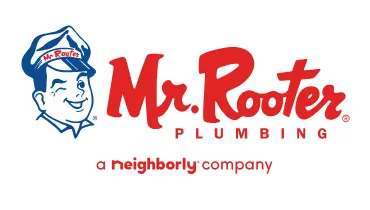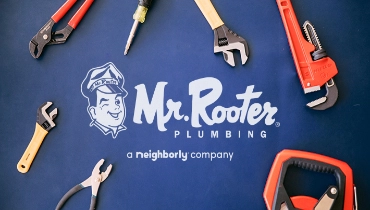No hot water in your house is more than an uncomfortable inconvenience—it can be a sign of a major plumbing problem. If you
Learn moreOur Phoenix Plumbing Blog
Shared Resources for Your Home Needs
All Blogs
Have you ever experienced a clogged or damaged sewer line? It's a common problem that can cause a lot of stress and frustration. R
Learn moreHave you ever experienced a clogged toilet and immediately reached for the Drano? While it may seem like a quick fix, using Drano
Learn moreMr. Rooter Plumbing of Phoenix is an experienced and reliable company serving Phoenix Valley homeowners with expert plumbing serving
Learn moreIs a popping water heater dangerous? This common issue is a cause for concern for many homeowners. The popping sound may seem harm
Learn morePlumbing problems can be like a storm brewing in your home, ready to unleash chaos at a moment's notice. From pesky leaks to
Learn moreBlog Categories
Let Us Call You
Blog Categories
About Mr. Rooter Plumbing

Since the original Mr. Rooter was founded in 1970, the company has remained committed to a set of core values that are rooted in performing quality work at honest prices. Nearly half a century later, the original Mr. Rooter business is still servicing homes and businesses in and around Oklahoma City. It’s still independently owned and operated with strong ties to the community that made it all possible.

